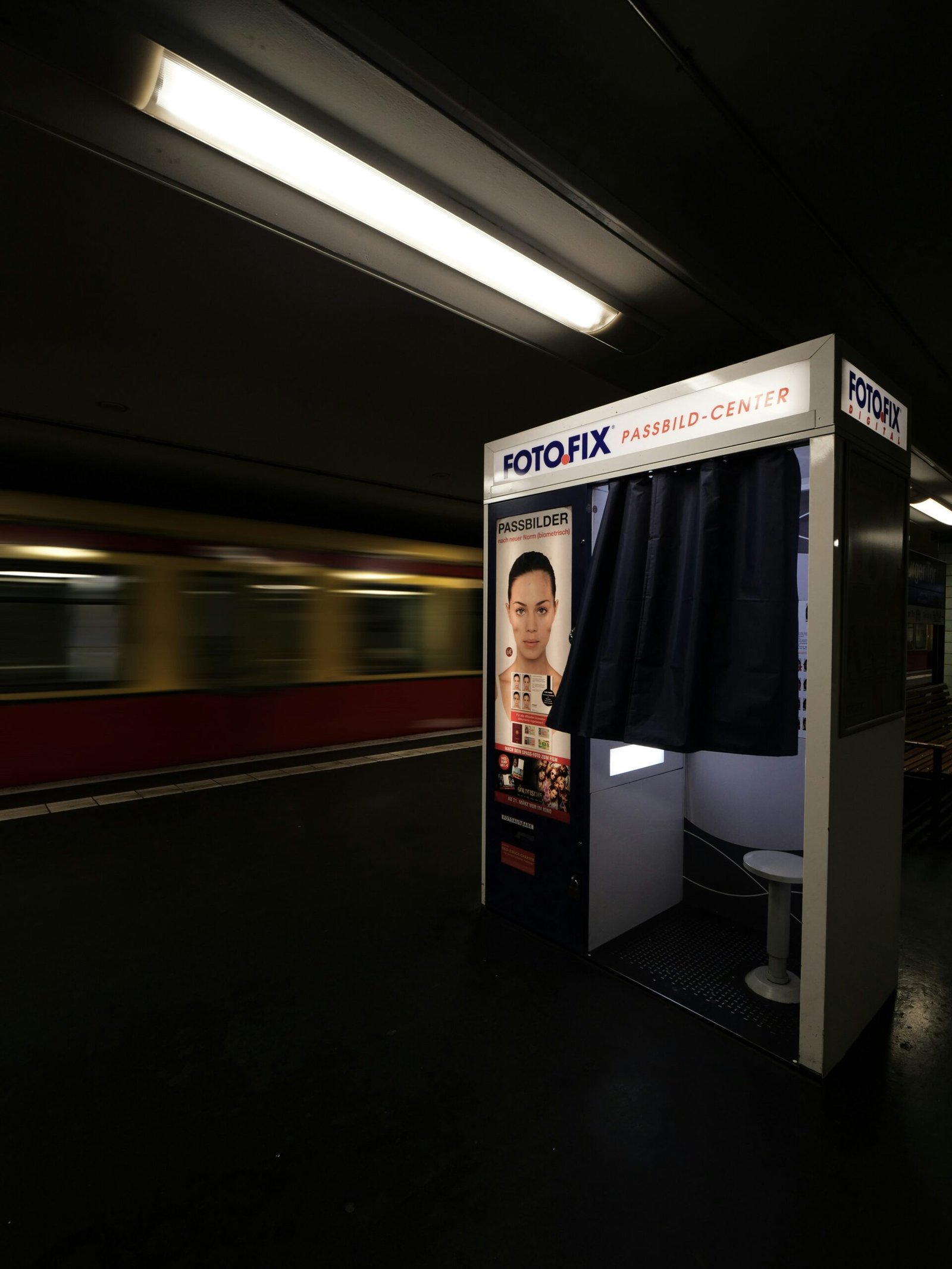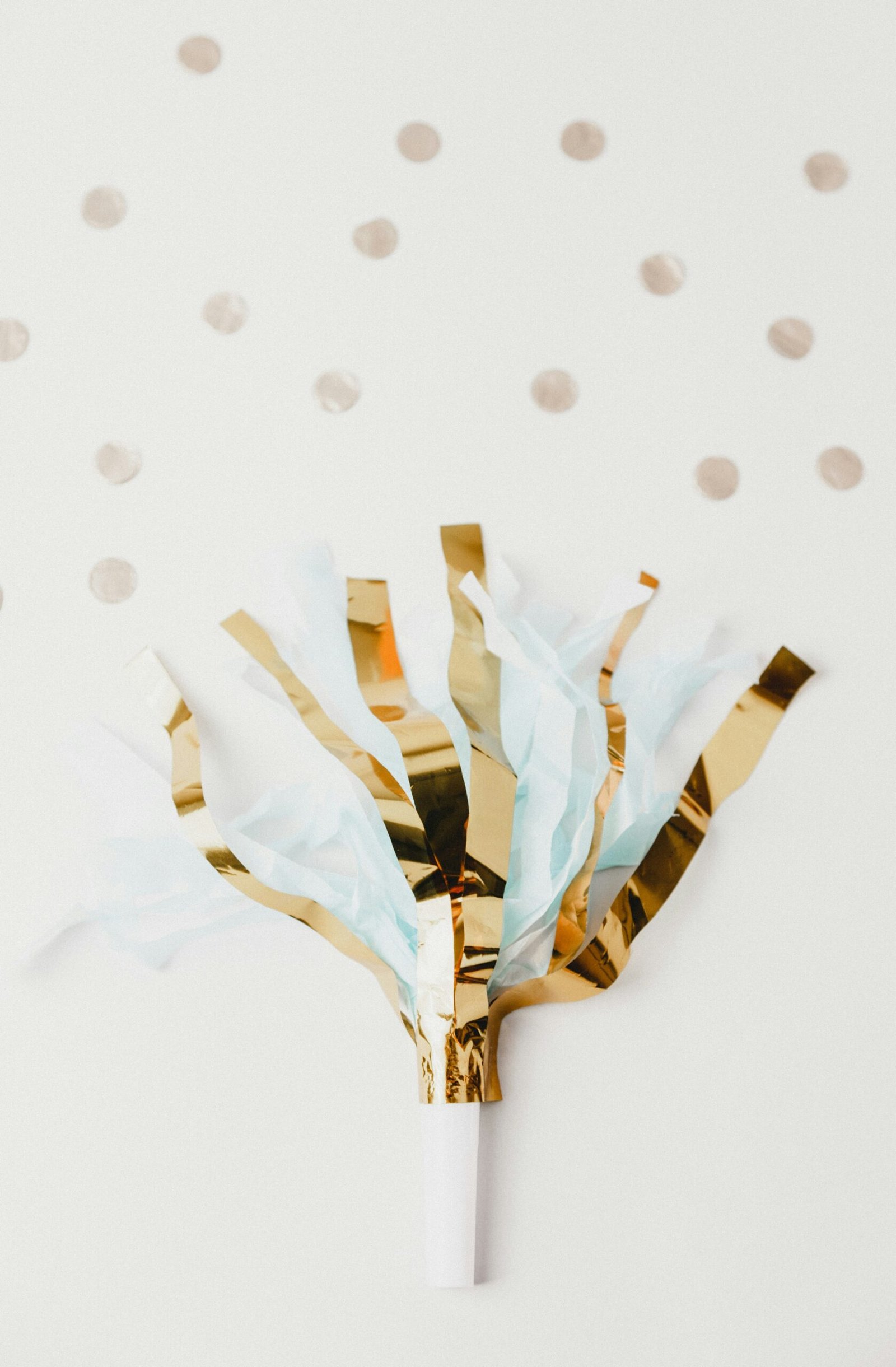Introduction to DIY Photo Booths
Photo booths have undergone a remarkable evolution since their inception. Originating in the early 20th century, these automated machines were once a mainstay at amusement parks and shopping malls, offering people an opportunity to capture candid moments. With technological advances and growing interest in personalization, the classic photo booth has transformed into a versatile feature for modern events.
DIY photo booths have surged in popularity, becoming a beloved element at gatherings and celebrations. By setting up a DIY photo booth, hosts can create an engaging and interactive experience for their guests. One of the primary advantages of creating your own photo booth is cost savings. Traditional photo booth rentals can be quite expensive, and doing it yourself allows you to maintain control over your budget.
Customization is another compelling benefit. A DIY photo booth can be tailored to match the theme and aesthetic of your event perfectly. This flexibility extends to every aspect of the booth: backdrops, props, and even the photo print designs can all be personalized. Whether you are hosting a whimsical wedding, a milestone birthday, a corporate gala, or a festive holiday party, a DIY photo booth can be adapted to suit any occasion.
The appeal of photo booths spans across various types of events. For weddings, they can offer an additional layer of entertainment beyond the dance floor. At birthday parties, they provide a way for guests of all ages to have fun and make memories. Corporate events benefit from the networking opportunities they create, allowing colleagues to bond in a relaxed atmosphere. During holiday parties, a photo booth becomes a station for guests to capture the joy of the season.
In the following sections, we will delve into the necessary steps and considerations for setting up your own DIY photo booth, ensuring that your next event is both memorable and unique.
Materials and Equipment Needed
Creating a DIY photo booth for your parties and events requires a precise combination of essential materials and equipment. First and foremost, a camera is indispensable. For professional-quality photos, a DSLR or mirrorless camera is ideal, though a high-quality smartphone camera can also suffice for more casual settings. Alongside the camera, a sturdy tripod is crucial to ensure stability and optimal angles for your shots. Tripods are available in a wide range of price points; budget options start at around $20, whereas premium models can exceed $200.
Next, the backdrop sets the scene for your photo booth. Common options include fabric, paper, or even a decorated wall. Fabric backdrops, such as muslin or polyester, tend to be reusable and cost around $20 to $50. Seamless paper backdrops offer a clean look and are typically priced between $30 and $70. Additionally, a DIY option could involve decorating an empty wall with streamers, balloons, or fairy lights, which allows for endless creative possibilities.
Lighting plays a critical role in capturing high-quality images. Softbox lights, ring lights, or even natural light can be utilized to achieve the desired effect. Softbox lighting kits start at approximately $50, whereas ring lights can range from $20 to $100 based on size and features. Proper lighting ensures that your photos are well-lit and free of harsh shadows, which enhances the overall appearance.
Props add an element of fun and personalization to your photo booth. These can range from thematic hats, glasses, and signs to custom-made props that reflect the event’s tone. Pre-made prop sets are available both locally and online, typically costing around $10 to $30. Alternatively, consider crafting your own props for a more personalized touch.
For those seeking to elevate their photo booth experience, extras like a portable photo printer or a social media sharing station offer added value. Portable photo printers, such as the Canon Ivy or HP Sprocket, enable immediate photo prints and range from $100 to $150. A social media sharing station, often comprising a tablet and sharing software, facilitates instant uploads to social media platforms, ensuring guests can share their memories in real-time.
Step-by-Step Guide to Setting Up Your Photo Booth
Creating a DIY photo booth can be a delightful addition to any party or event, offering guests a chance to capture memories in a fun and interactive manner. By following a detailed, step-by-step guide, you can ensure your photo booth is both functional and visually appealing.
Selecting the Ideal Location
First, determine the best location at your event venue. Choose an area with sufficient space, away from high-traffic zones to avoid any disruptions. Ensure the spot has access to a power outlet for lighting and camera equipment. Consider the background to ascertain that it’s visually appealing and uncluttered, setting the stage for fantastic photos.
Setting Up the Backdrop
Next, set up the backdrop, a critical feature for your photo booth. This can be a simple sheet or curtain, a themed tapestry, or even a custom-made backdrop. Affix the backdrop securely to a wall or a stand to prevent it from falling. Ensure it is wrinkle-free and evenly hung to provide a polished look in every photo.
Positioning the Camera and Tripod
Position your camera and tripod approximately 6-8 feet away from the backdrop. Adjust the tripod height so the camera lens aligns with the average human height, around 5-6 feet off the ground. This ensures that the photos have proper framing and everyone is captured well. If using a DSLR or a digital camera, set up a remote shutter or self-timer to facilitate easy photo-taking for guests.
Arranging Lighting
Lighting is essential for high-quality photos. Arrange softbox lights or ring lights around the camera to illuminate the subjects evenly. Avoid harsh shadows by positioning the lights at a 45-degree angle from the camera. Test the lighting by taking a few sample shots and making necessary adjustments.
Organizing the Props
Props add an element of fun and creativity. Arrange a variety of props on a nearby table or prop stand, ensuring they are easily accessible. Consider including items like hats, glasses, signs, and other themed accessories. Encourage guests to mix and match props for unique and memorable photos.
Maximizing Space and Ensuring Optimal Camera Angles
Maximize the available space by arranging furniture and other items to keep the area open and inviting. Set the camera to a wide-angle mode if possible, capturing a broader scene and accommodating more guests in each photo. Monitor the camera screen and make tweaks to angles and zoom levels to perfect each shot.
Troubleshooting Common Issues
Be prepared to troubleshoot common issues. For poor lighting, adjust the light positions or add additional lights. If the camera settings are off, adjust the ISO, aperture, and shutter speed based on your environment. Periodically check the backdrop to ensure it remains in place, and replace or repair any damaged props as needed.
By following these steps, you can confidently set up an impressive DIY photo booth that adds value and excitement to any gathering.
Adding creative elements and finishing touches is crucial to making your DIY photo booth unique and memorable. A well-thought-out theme can unify the look and feel of your booth and can be easily achieved through themed backdrops and props. Consider creating backdrops that resonate with the event’s theme—be it a beach party, a vintage gala, or a festive holiday gathering. Use materials such as fabric, paper, and even streamers to design a backdrop that is both visually appealing and fitting for the occasion.
DIY decoration tips can further elevate your photo booth. Handcrafted props, such as mustaches on sticks, quirky hats, or extravagant glasses, add a personal touch. Involving craft supplies like cardboard, glitter, paints, and markers can make the process both fun and economical. Personalized touches go a long way in enhancing guest engagement. Custom signs or logos that align with the party’s theme can be integrated into the photo booth for an added layer of uniqueness. For instance, a wedding could have a sign with the couple’s names and wedding date, while a corporate event might include the company’s logo.
Engaging guests is another important aspect. One effective way to do this is by setting up a contest for the best photo. Allowing guests to vote for their favorite photo introduces a fun, competitive element and encourages more booth visits. Another attractive option is offering instant photo prints as party favors. Not only does this give guests a tangible memory to take home, but it also serves as a conversation piece that extends the experience beyond the event.
Maintaining the photo booth throughout the event ensures a seamless experience for all guests. Regularly check to make sure the props are in good condition and that the backdrop remains intact. Assigning a designated person to periodically oversee the booth can mitigate any potential issues and keep the area tidy. Keeping additional printing paper or film handy will ensure smooth operation and uninterrupted fun, allowing guests to enjoy the photo booth to the fullest.

